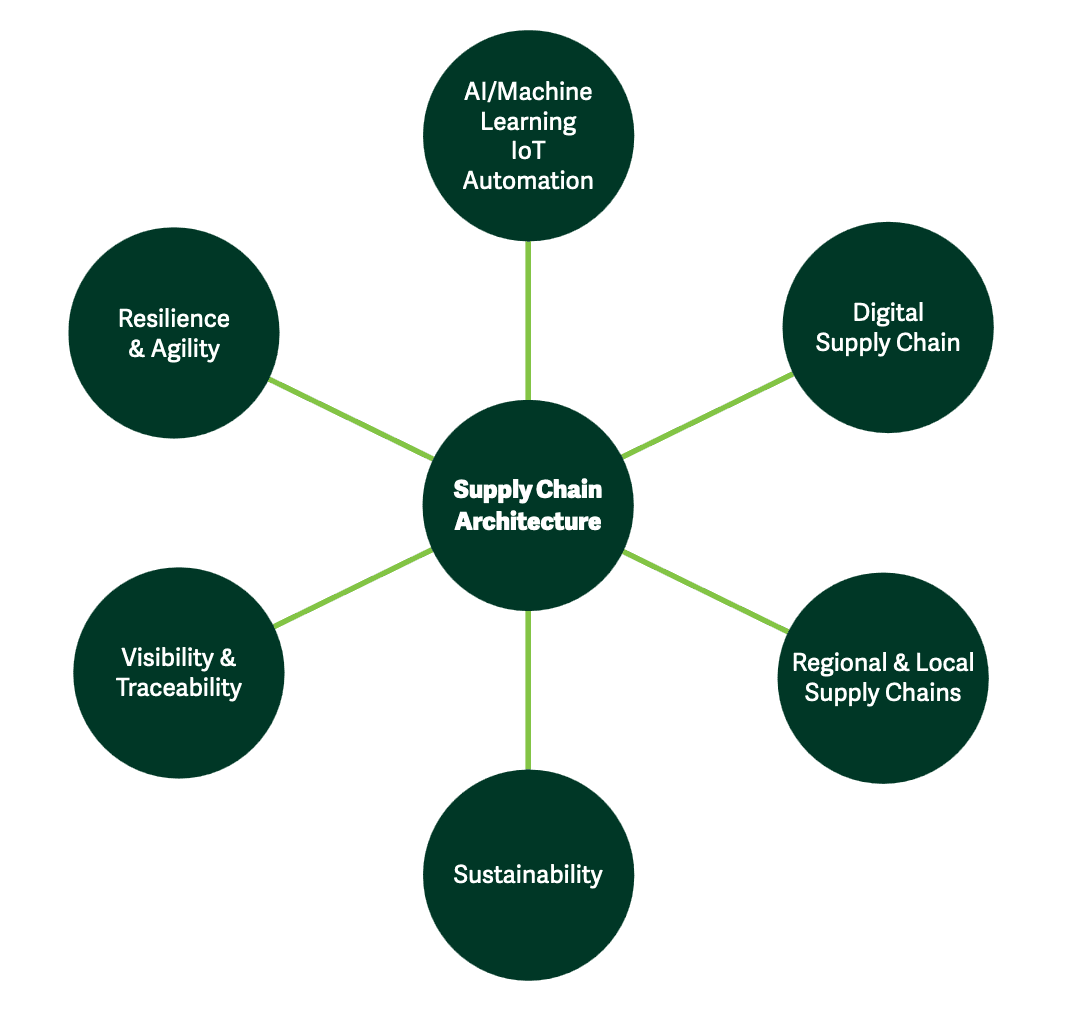News
Navigating the future: ASCM's insights into 2024 supply chain trends
In an era of continual disruption and increasing consumer demands, supply chain professionals are navigating a shifting landscape. Recognizing the need for innovative strategies, ASCM has issued a list of the 10 key trends shaping the future of supply chains in 2024.

1. Digital supply chain:
Organizations are set to convert data into digital formats, paving the way for interconnected, intelligent ecosystems. This transformation emphasizes the delicate balance between long-term automation investments and immediate solutions to reduce repetitive tasks.
2. Big data and analytics:
Leveraging big data and analytics emerges as a cornerstone for efficiency. Organizations are well-positioned to identify inefficiencies, reduce costs, and enhance customer service through applications like standardized data exchange and predictive maintenance.
3. Artificial intelligence:
In an era of unprecedented AI advancements, intelligent sourcing, inventory management, and logistical route-planning are revolutionized. Cobots, computer vision, and machine learning reshape supply chain operations, promising immediate returns and long-term strategic advantages.
4. Investment in systems and people:
With the global supply chain tech market scaling towards $31 billion by 2026, the imperative for strategic investments becomes clear. Enhanced automation, blockchain, and cloud-based solutions optimize networks, foster sustainability, and enhance collaboration.
5. Visibility, traceability, and location intelligence:
Enhanced visibility and traceability form the bedrock for real-time data insights. Combined with AI and location intelligence, organizations gain unprecedented predictive capabilities based on historical data.
6. Disruption and risk management:
Disruption is now the norm, from transportation congestion to global pandemics. The shift is towards constant preparation through effective risk management, including diversifying suppliers, building inventory, and continuous monitoring.
7. Agility and resilience:
In a consumer-centric world, supply chains must predict, prepare, and respond rapidly. Agility demands new capabilities, collaborative robots, and flexible workforces, fostering resilience embedded with digitization, optimization, sustainability, and talent development.
8. Supply chain cybersecurity:
As supply chains go global, so do cybersecurity threats. Cybercriminals know no boundaries, emphasizing the core role of cybersecurity in safeguarding digital and intelligent networks.
9. Green and circular supply chains:
Facing increasing pressure from various stakeholders, organizations set ambitious goals for sustainability. Achieving green and circular supply chains involves collaboration, tech implementation, employee education, and transparent reporting.
10. Geopolitical and deglobalization of supply chains:
Geopolitical conflicts, economic shifts, and climate concerns drive the trend towards regionalization. The deglobalization of supply chains may enhance security but raises challenges like increased prices and reduced innovation.
To receive the complete report Top 10 Supply Chain Trends, please contact Jessica Mariotti at j.mariotti@advanceschool.org
Courses linked
-
Master APICS CSCP - Certified Supply Chain Professional - Interactive Live Webinar
The Executive Master CSCP Interactive live webinar is designed to prepare the candidate for the Certified Supply Chain Professional certification (CSCP) of APICS, in the Supply Chain Management area. »







